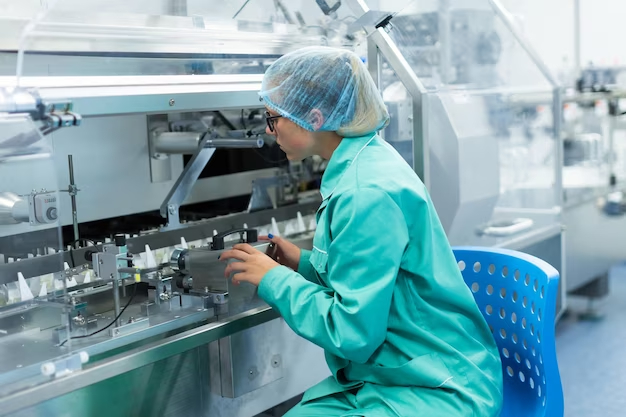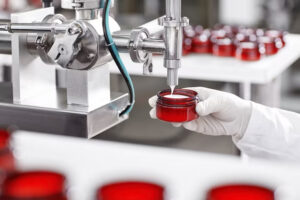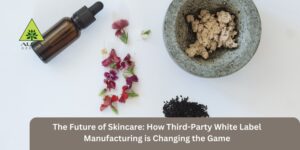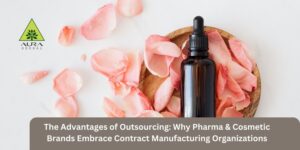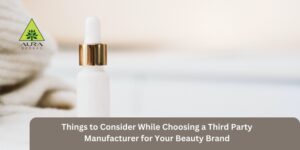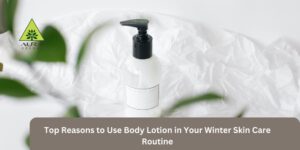Many people use makeup every day, so it’s important to understand the ingredients in your products. A lot of cosmetics contain dangerous chemicals that can harm your skin, lead to health issues, or even worsen environmental pollution. When choosing toxic-free makeup, you should stay away from the following harmful ingredients.
- Parabens: Preservatives known as parabens are frequently found in cosmetics and personal care items. Though the largest cosmetic manufacturers are known not to use it now, it is still used widely by others. Although studies have connected them to health issues like breast cancer, hormone disruption, and skin irritation, they are used to stop the growth of bacteria and fungi. Methylparaben, propylparaben, and butylparaben are a few typical parabens.
- Phthalates: Phthalates are a class of chemicals that are added to a variety of cosmetic products to help them become more flexible or adhere to the skin. They can contribute to environmental pollution because they are also used in plastic products. Phthalates have been connected to health issues like allergies, reproductive and developmental issues, and hormone disruption. Diethyl phthalate (DEP), dibutyl phthalate (DBP), and dimethyl phthalate are examples of common phthalates (DMP).
- Formaldehyde: A colourless gas, formaldehyde is frequently utilized as a preservative in cosmetics and personal care items. It can be released into the air and cause health issues like cancer and respiratory problems. It is also used in building materials. Products like nail polish, hair straighteners, and some makeup removers contain formaldehyde. One should be aware of wholesale dealers for cosmetics who use this.
- Lead: A heavy metal that is occasionally present in cosmetics, especially lipstick and other lip products, is lead. It can cause health issues like anaemia, kidney damage, and developmental issues and can enter your body through your skin or food. Despite regulations restricting its use, some cosmetics may still contain trace amounts of lead.
- Mineral Oil: Used frequently in cosmetics as a moisturizing ingredient, mineral oil is a petroleum byproduct. But in addition to clogging pores and causing acne, it has also been connected to health issues like skin rashes, allergies, and even cancer. Moisturizers, lotions, and lip balms are just a few products that frequently contain mineral oil. Even top cosmetic manufacturers use it.
- Talc: Talc is a mineral that is utilized in a variety of cosmetics, especially powder goods like blush and eyeshadow. However, asbestos, a carcinogen that can cause cancer when inhaled, can be present in talc. Even though cosmetic-grade talc is supposed to be asbestos-free, many consumers are still wary of it.
- Oxybenzone: Oxybenzone is a chemical sunscreen that is frequently present in a variety of sunscreens and cosmetics. Your skin can be penetrated by it, and it might have hormonal effects. Oxybenzone has been linked in some studies to health issues like endometriosis and issues with child development.
In conclusion, it’s critical to be aware of the potentially dangerous components in cosmetics and personal care items. Using makeup free of toxins can help to safeguard both your health and the environment. Look for products that don’t contain formaldehyde, phthalates, parabens, etc. One can also consult herbal cosmetics exporter for natural treatment methods. You can make informed decisions and select products that are safe and effective by reading the ingredient list on your cosmetics.

